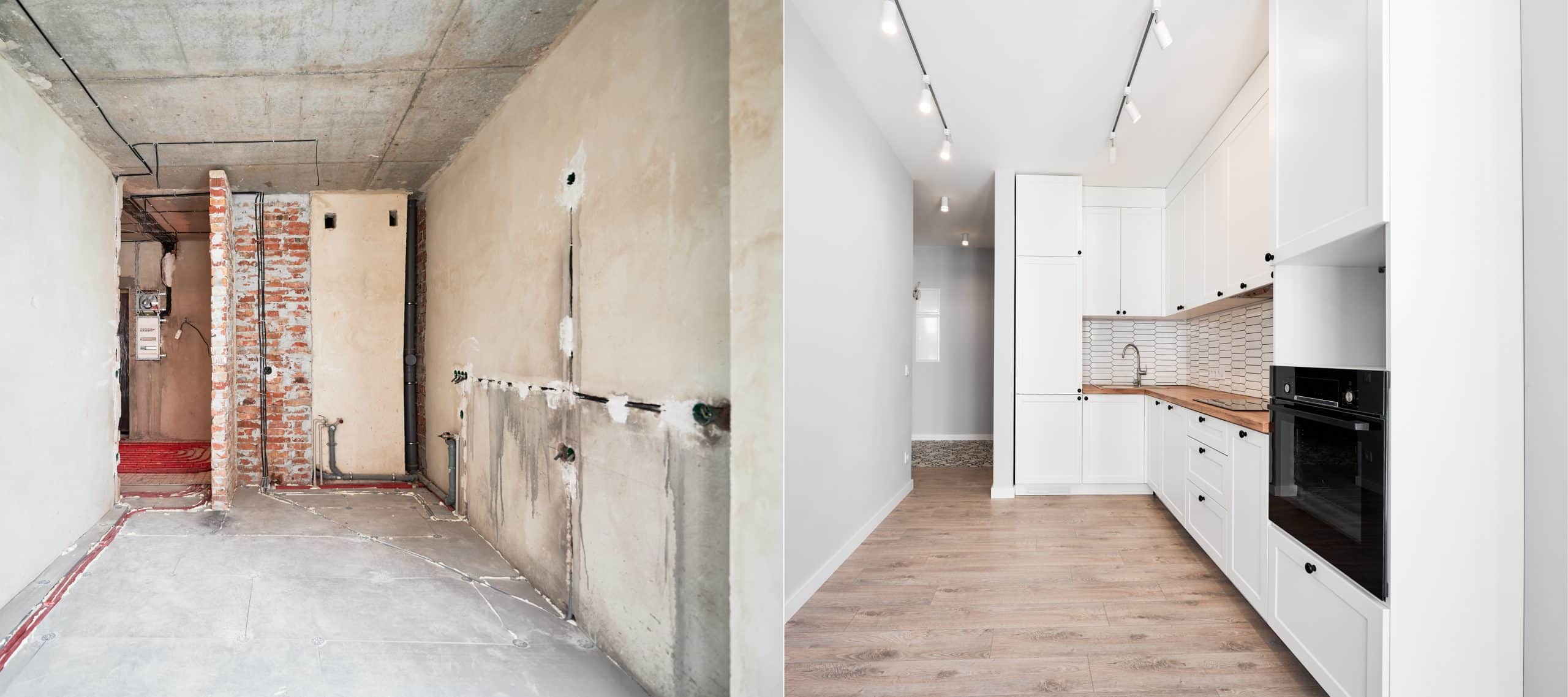Harnessing the sun’s energy, a boundless and free supply, can significantly reduce your dependence on artificial heating and cooling devices. Utilizing passive solar design in your home, you can create a comfortable indoor environment throughout the year. In this article, you will learn the basics of passive solar design, and how to integrate it effectively into your home addition.
Understanding Passive Solar Design
Before diving into how to incorporate passive solar design into your home addition, it is crucial to first understand what it is. Passive solar design refers to the use of the sun’s energy for the heating and cooling of living spaces. This method is called "passive" because, unlike active solar heating systems, it doesn’t involve the use of mechanical and electrical devices.
Dans le meme genre : How Can You Design a Space-Saving Home Bar with a Prohibition Era Twist?
The key to designing a passive solar home lies in balancing the three main elements involved: aperture (windows), absorber (hard, darkened surface of the wall or floor material), and the thermal mass (materials in the wall or floor that store heat).
Planning the Home Addition with Passive Solar Design
The very first step in utilizing passive solar design in your home addition is strategic planning. The design and location of your addition will significantly impact its solar heating potential.
A voir aussi : What Are the Top Choices for Durable Countertops in a Busy Family Kitchen?
Firstly, the placement of the addition is paramount. You should aim to orient the home addition to the south. This is because, in most parts of the world, the sun will be in the southern part of the sky, allowing your windows to capture the most heat and light. The north side, on the other hand, will have little sun exposure and will likely be a source of heat loss.
Secondly, consider the size and type of windows you will use. Large, south-facing windows are vital to allow the sun’s heat into the home. You should also opt for high-performance windows that have a low-emissivity (low-E) coating, which will help keep heat inside during winter and outside during summer.
Lastly, the design of the home addition should include adequate thermal mass. This could be in the form of concrete, brick, stone, or other dense materials that can absorb and store the sun’s heat during the day and slowly release it at night.
Incorporating Thermal Mass Materials
When planning your home addition with passive solar design, incorporating thermal mass is critical. These materials store the sun’s heat during the day and release it slowly at night when the temperature drops. It helps to maintain a steady indoor temperature throughout the day and night.
Concrete, brick, stone, and tile are excellent choices for thermal mass materials. These can be incorporated into the floor or walls of your addition. The placement of thermal mass is important – it should be located in areas that will receive direct sunlight, usually in front of south-facing windows.
Achieving Effective Air Circulation
Effective air circulation will maximize the benefits of your passive solar home design. It allows the heated air to flow throughout the house, providing a consistent temperature in all rooms.
There are several ways to achieve this. One is by designing an open floor plan that allows air to move freely. Another is to use fans or vented skylights to help distribute the warm air evenly throughout the house.
Moreover, the addition should also be well-insulated to keep the heat in and cold air out. This includes insulating the walls, roof, and floors, and using weatherstripping around windows and doors to prevent drafts.
Selecting Proper Glazing for Windows
Windows serve as the primary entry point for solar heat gain in a passive solar home. Therefore, selecting the appropriate glazing for your windows is vital.
The type of glazing you choose will depend on your specific needs and climate. For example, if you live in a cold climate, you’ll want to choose a glazing that lets in as much heat as possible. On the other hand, if you live in a warmer climate, you might want to opt for glazing that allows light in but keeps heat out.
Low-emissivity (low-E) glass is a great choice as it can help control solar heat gain and loss. It has a thin metallic coating that reflects heat back to its source, keeping the house warm in the winter and cool in the summer.
Remember, the success of your passive solar design largely depends on careful planning and consideration of all these elements. By harnessing the sun’s energy, you can create a comfortable and energy-efficient home addition.
Achieving a Balance in Design Elements
Attaining a balance in all design elements is a significant part of passive solar design. This entails a well-thought-out combination of aperture, absorber, and thermal mass. The aperture, typically the windows, should be strategically placed, ideally facing south for maximum solar heat gain. The absorber, or the substance that captures the sun’s heat, should be dark and dense, as these qualities enhance heat absorption. Lastly, the thermal mass should be in a position to retain the heat absorbed during the day and release it slowly at night, helping to maintain a steady indoor temperature.
South-facing windows are particularly crucial as they allow the most sunlight and heat into the house. High thermal mass materials such as concrete, brick, or stone are effective at storing this heat. The building design should also factor in the east and west sun paths in order to avoid unwanted heat gain during summer.
In addition to these, the size and type of windows used play a significant role. Large windows allow more solar heat in, while high-performance windows coated with low-emissivity (low-E) coating help to maintain the temperature balance by keeping heat in during winter and out during summer.
Conclusion: Embracing the Benefits of Passive Solar Design
To sum up, integrating passive solar design into your home addition requires a keen understanding of the principles involved and careful planning. The objective is to strike a balance between the key components of passive solar design – aperture, absorber, and thermal mass – to create a comfortable and energy-efficient living space.
Remember, successful passive solar design isn’t solely about gaining the maximum amount of solar heat, but also about effectively controlling and storing this heat. It involves strategic design decisions such as orienting the addition towards true south, utilizing high thermal mass materials, and selecting appropriate window glazing.
Passive solar design can significantly reduce your reliance on artificial heating and cooling, leading to lower energy bills and a more sustainable living environment. So, in planning your home addition, consider incorporating passive solar design. Harness the natural power of the sun, and enjoy the benefits of a warm, bright, and energy-efficient home. Remember, every bit of solar energy you utilize is a step towards a more sustainable and eco-friendly future.





